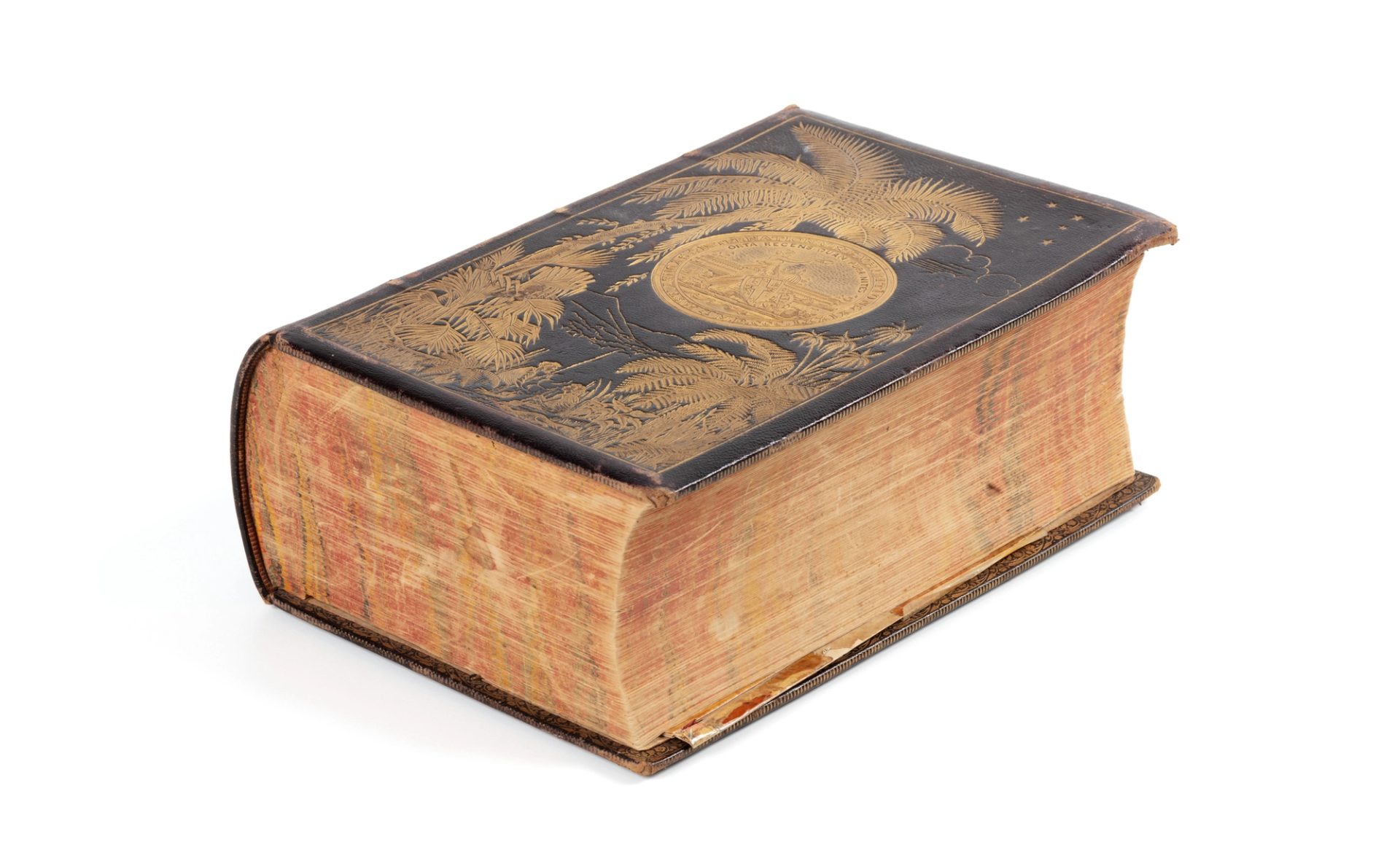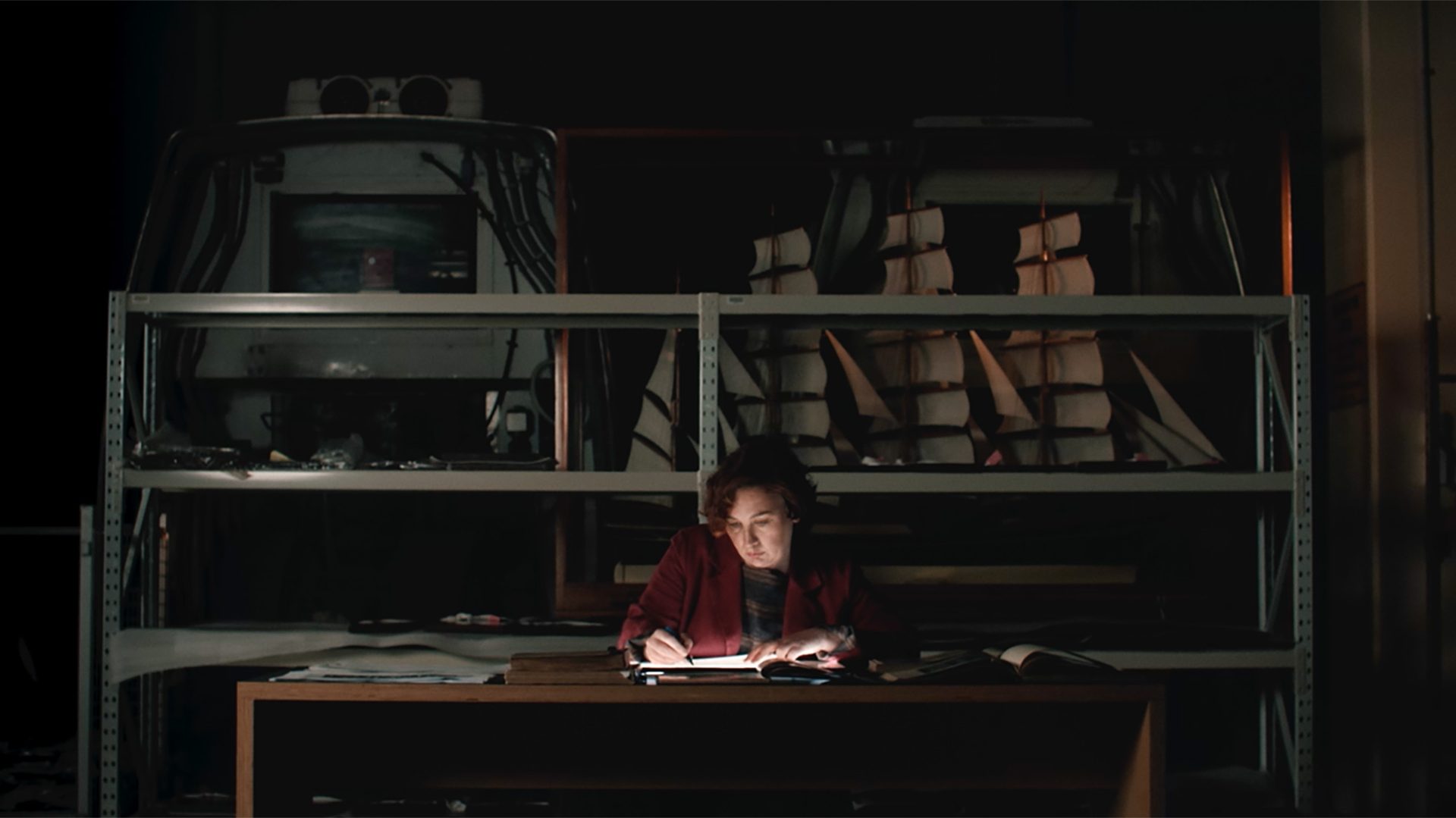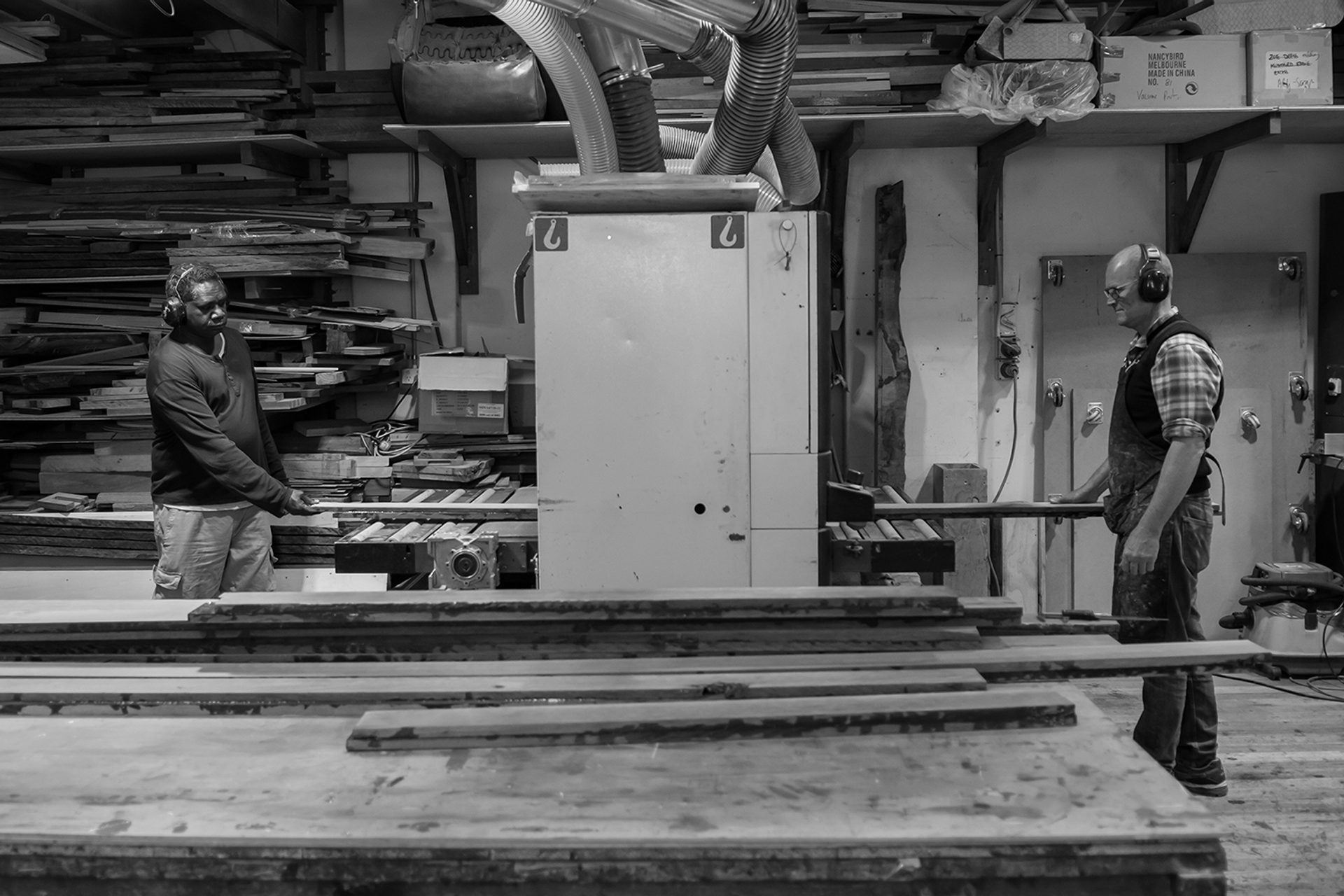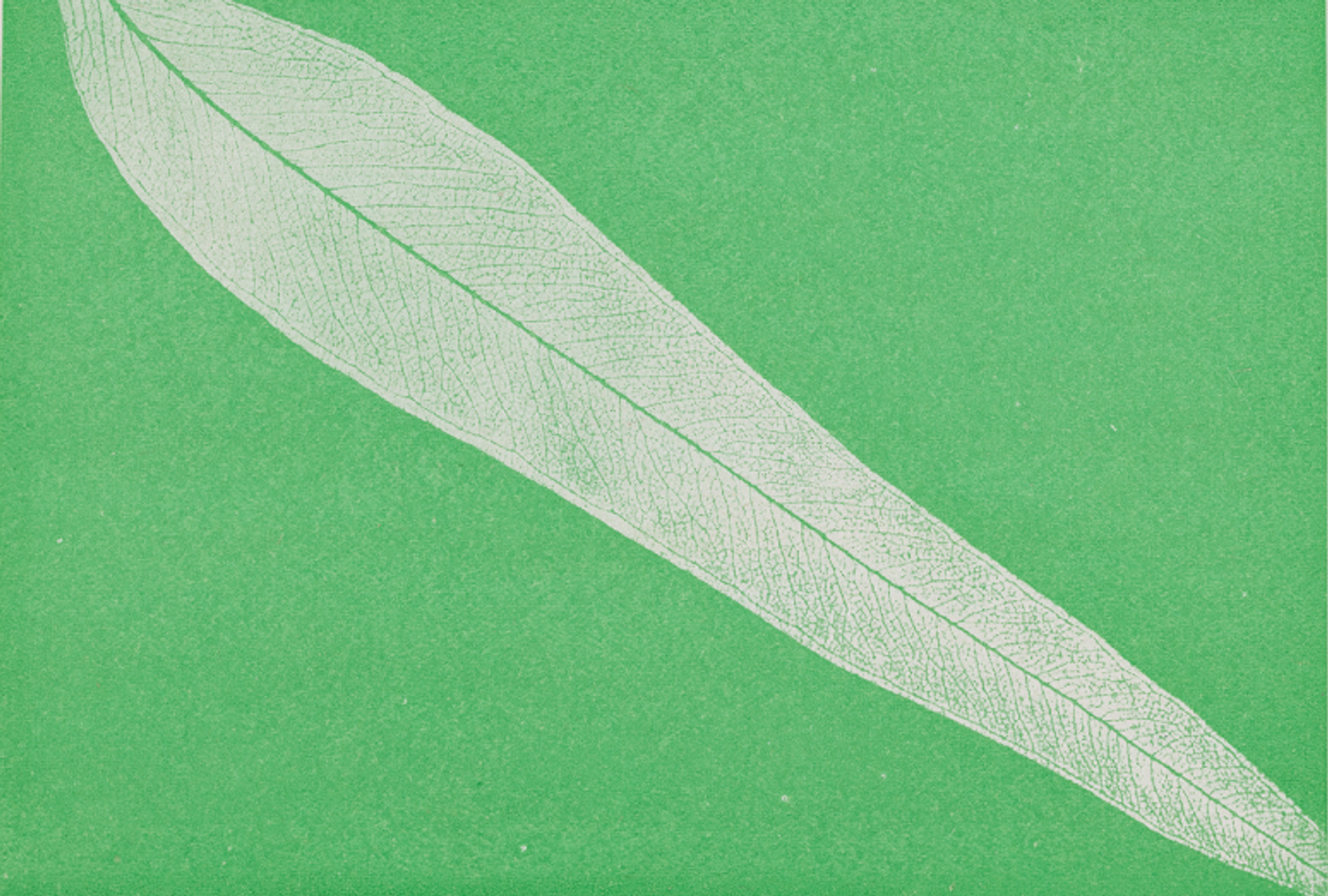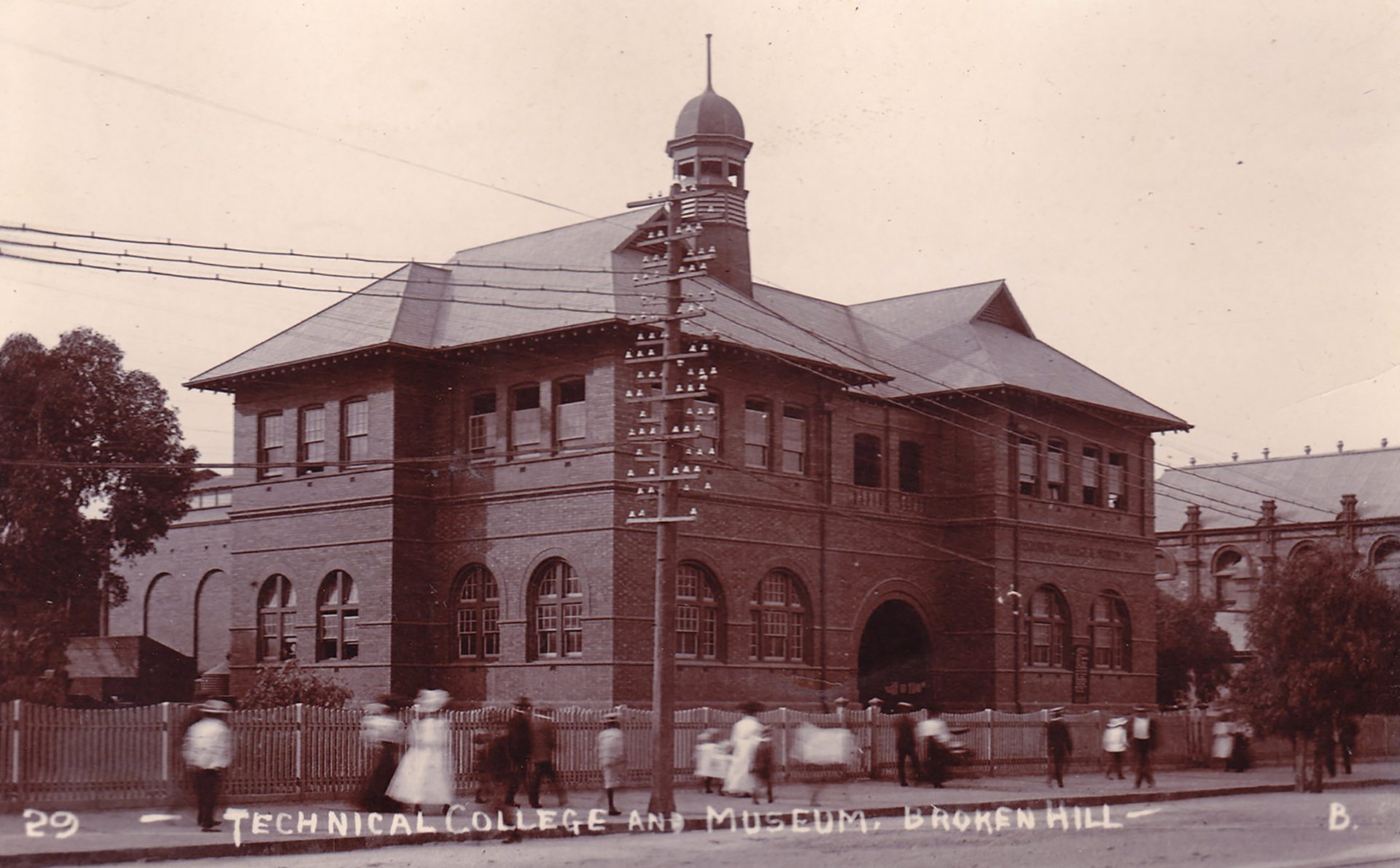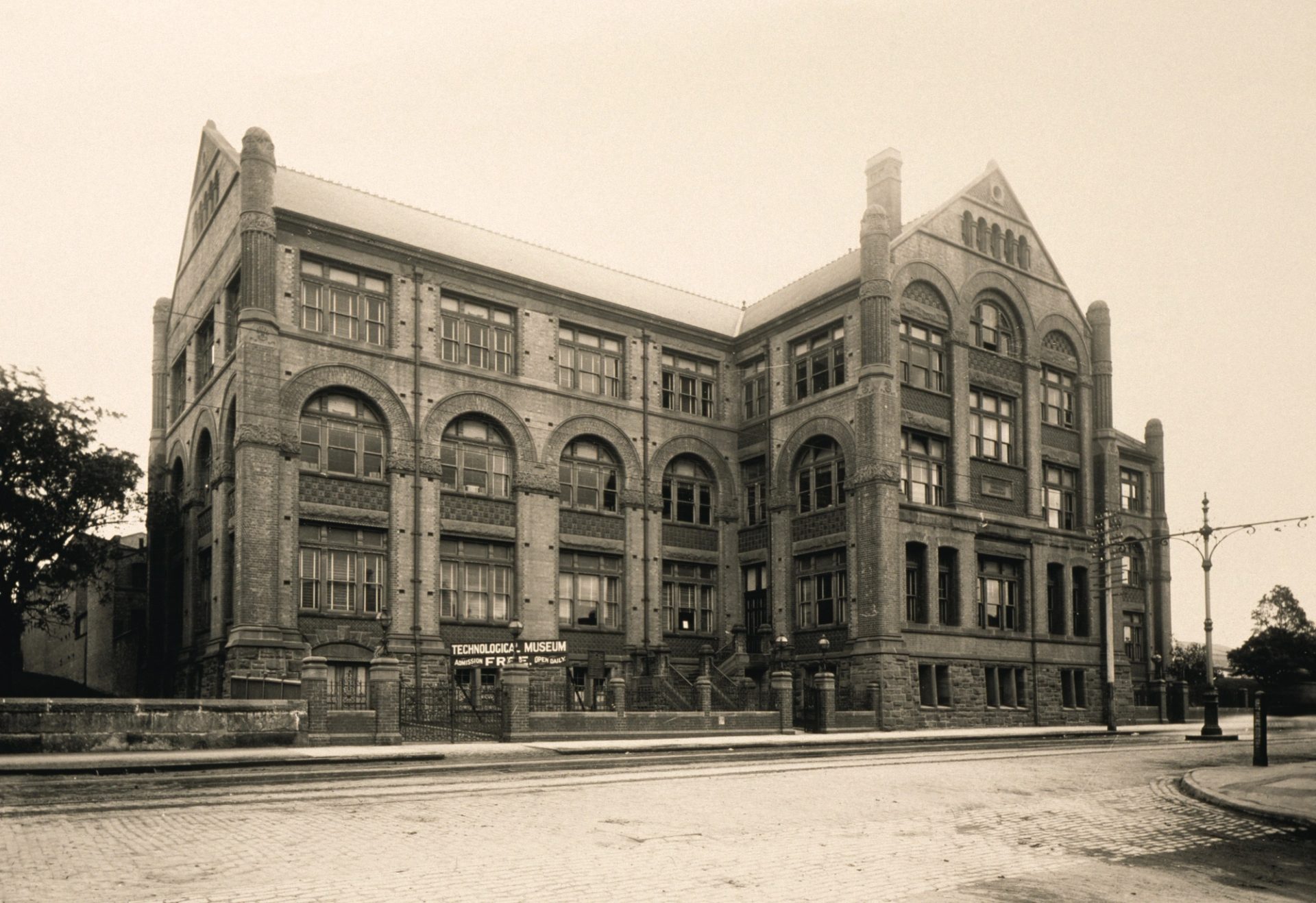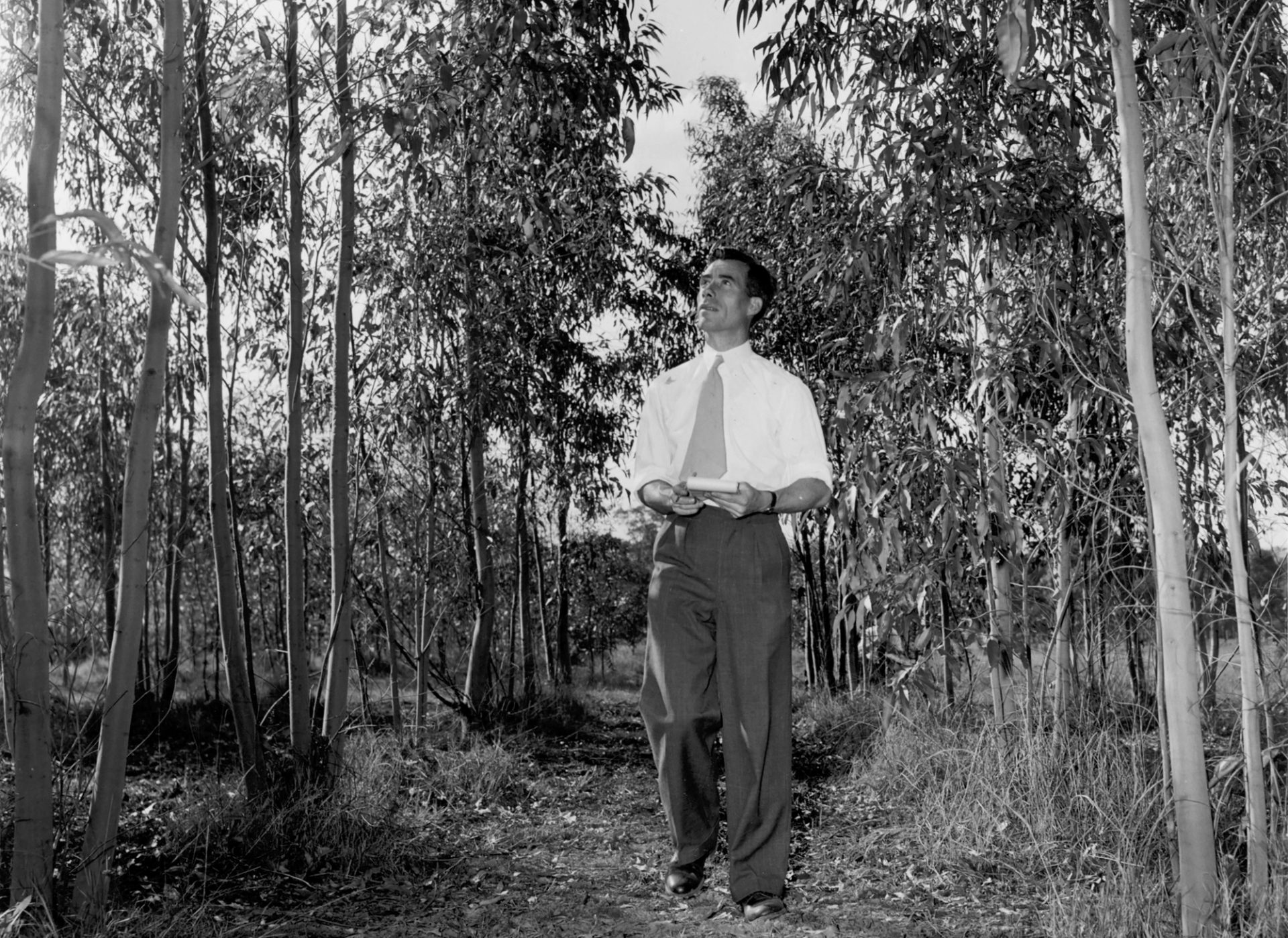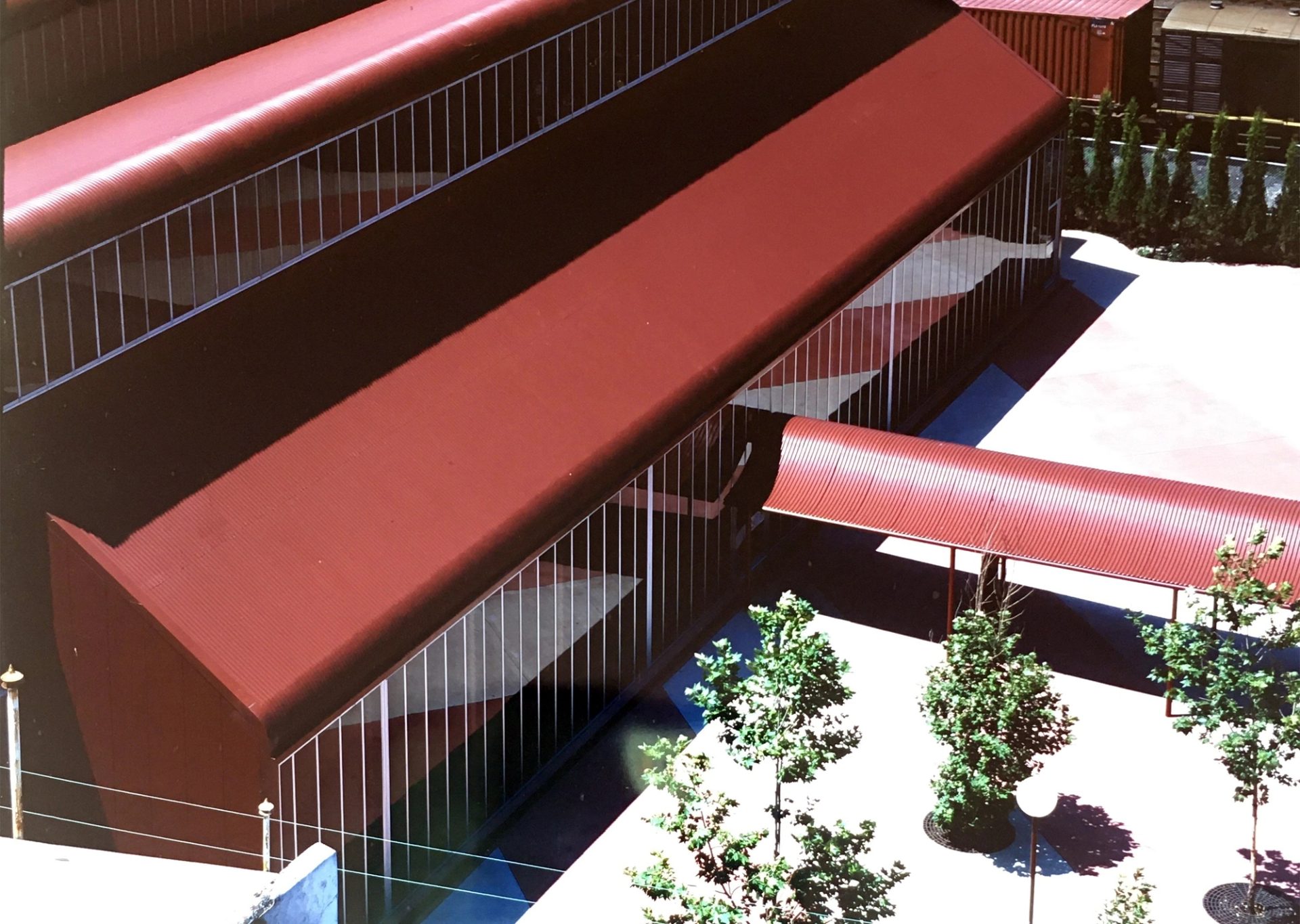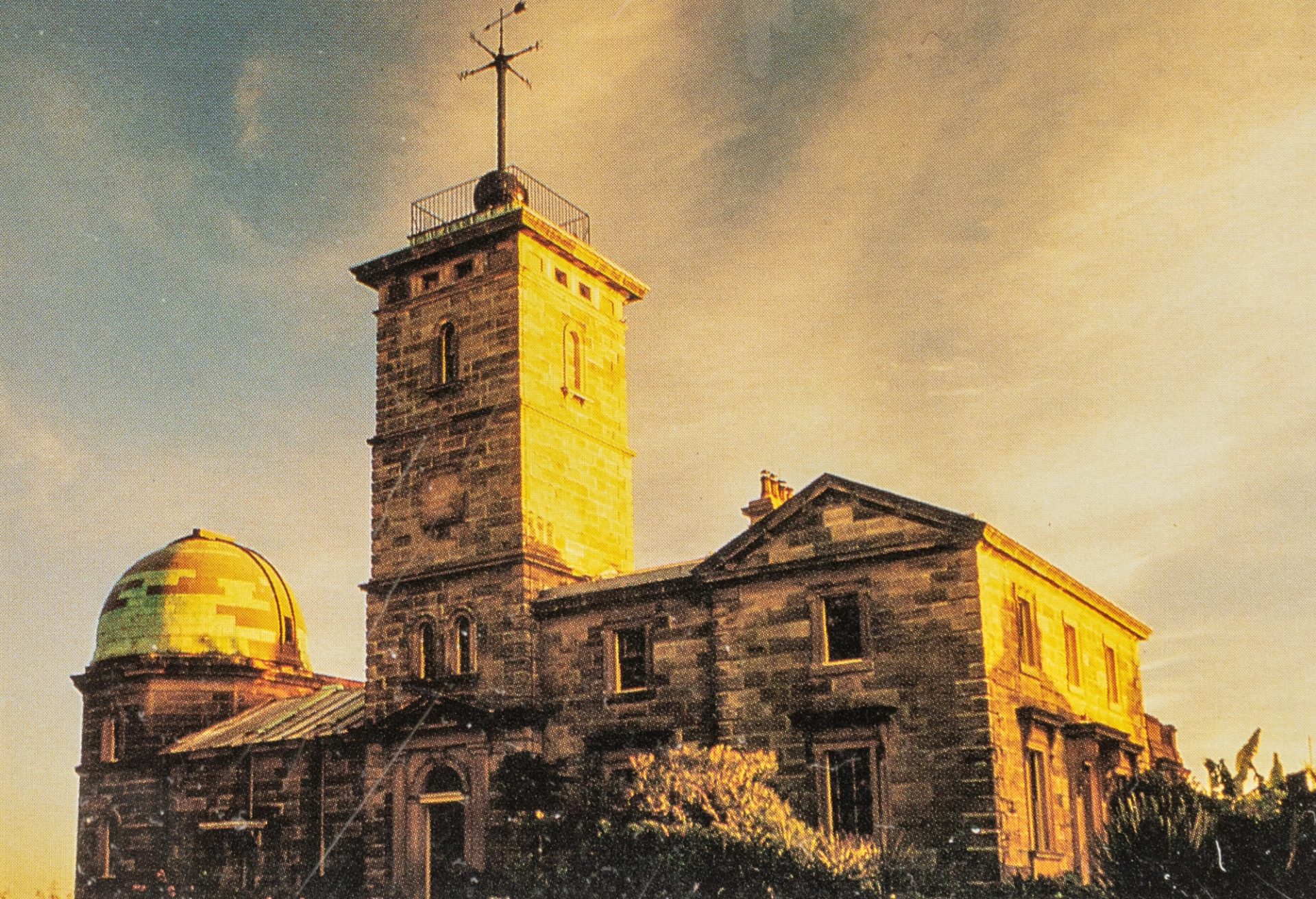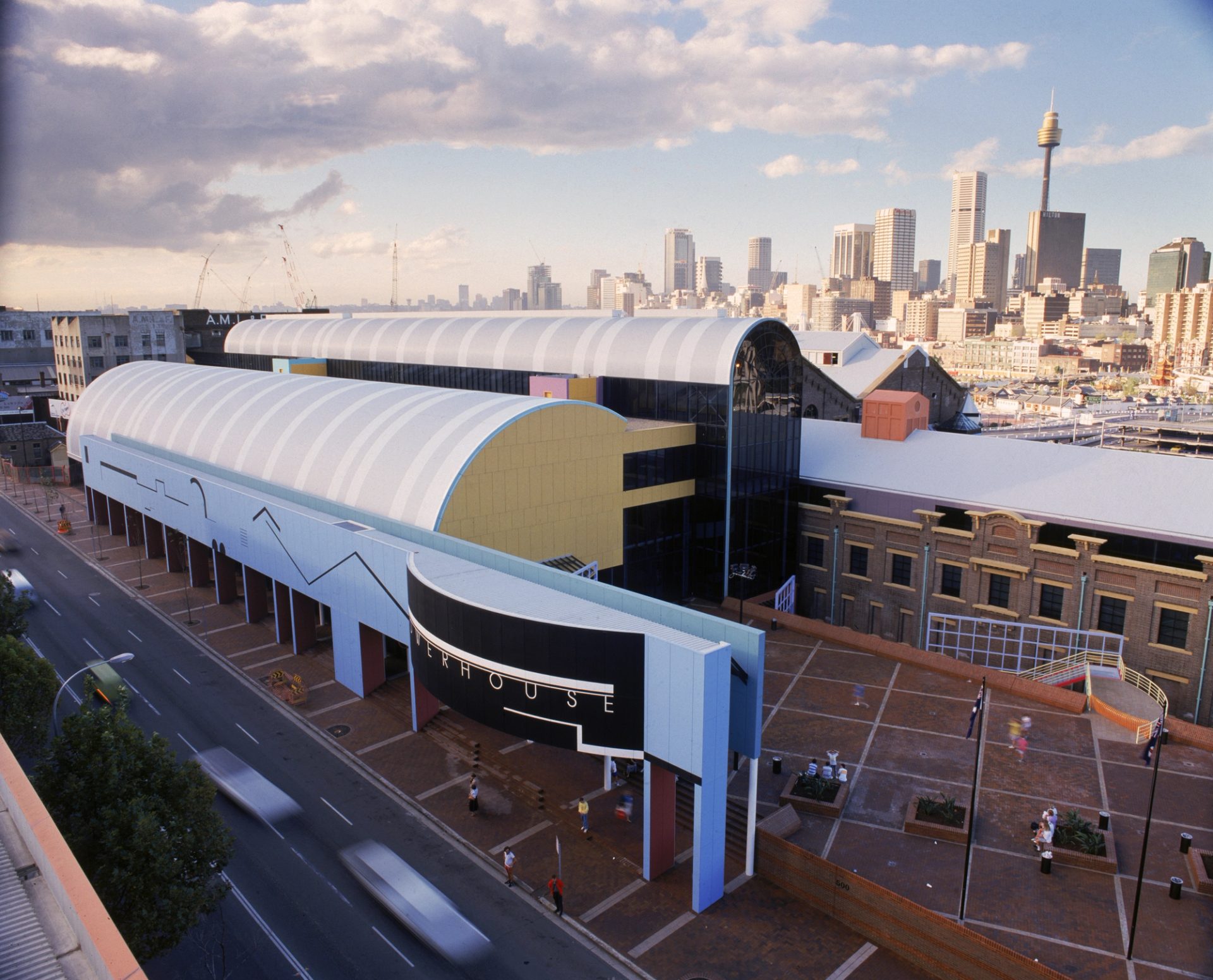A Corner of the Empire

One of Everything
‘It will be a huge storehouse in which will be found everything, from a needle to an anchor, figuratively speaking, and literally from a stable to a lucifer match’

In August 1878, the Trustees of the Australian Museum unanimously support a motion to establish a separate Technological and Industrial Museum. One year later, the New South Wales government commits £500 for its formation. At the same time, the Garden Palace is built for the Sydney International Exhibition, held at the Royal Botanic Gardens between 17 September 1879 and 20 April 1880.
Designed by the colonial architect James Barnet, the Garden Palace is built in just eight months, the centrepiece for the Sydney International Exhibition.
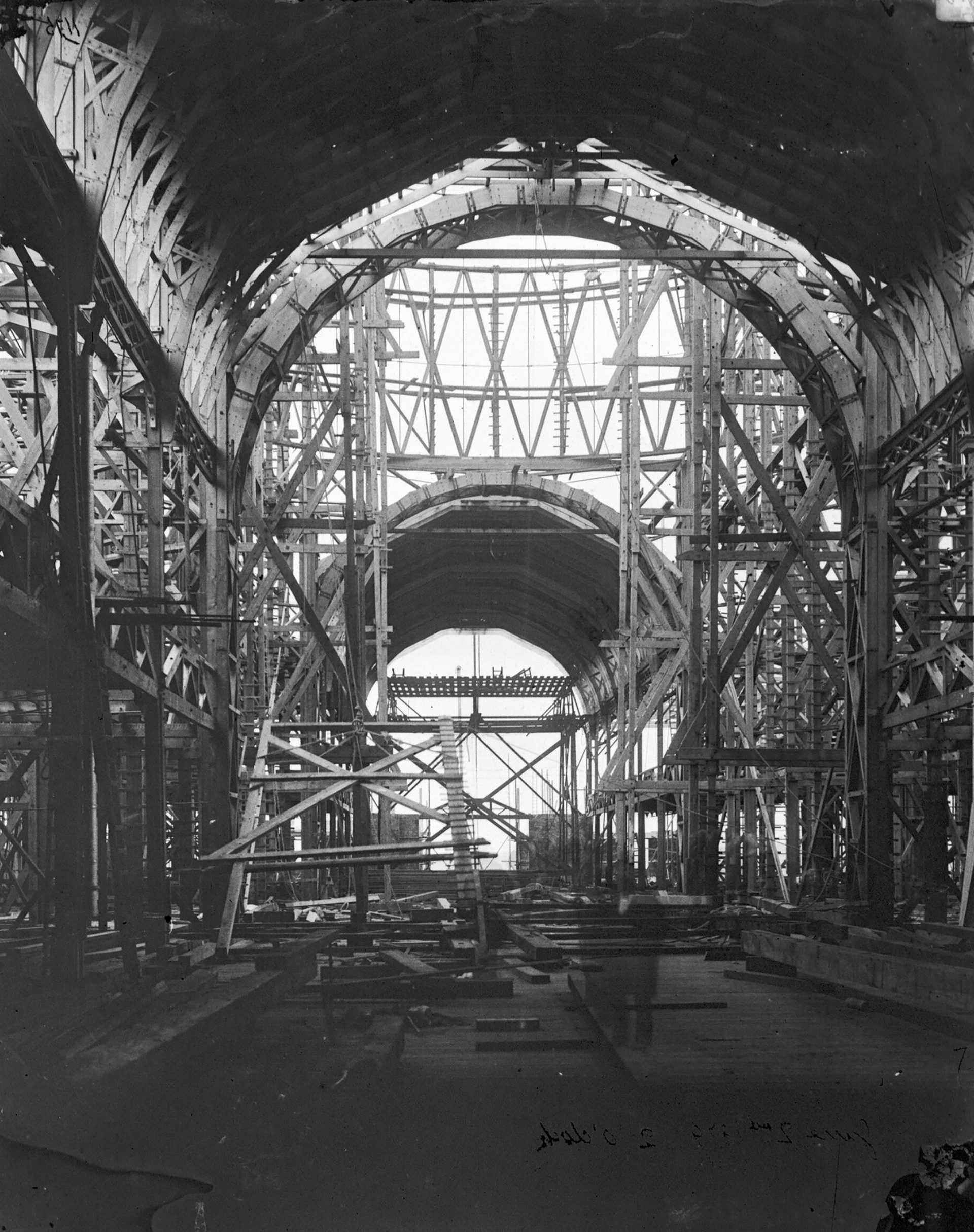
Built primarily of wood, the Garden Palace contains a forest of posts supporting its mezzanine levels; vast tracks of fine-plank flooring run the 244 metre length of the hall. More than 4.5 million feet of timber are used — equivalent to 1370 kilometres.
The Exhibition Hall, arranged to echo London’s famous Crystal Palace, is designed to showcase the resources of New South Wales and its economic prosperity.
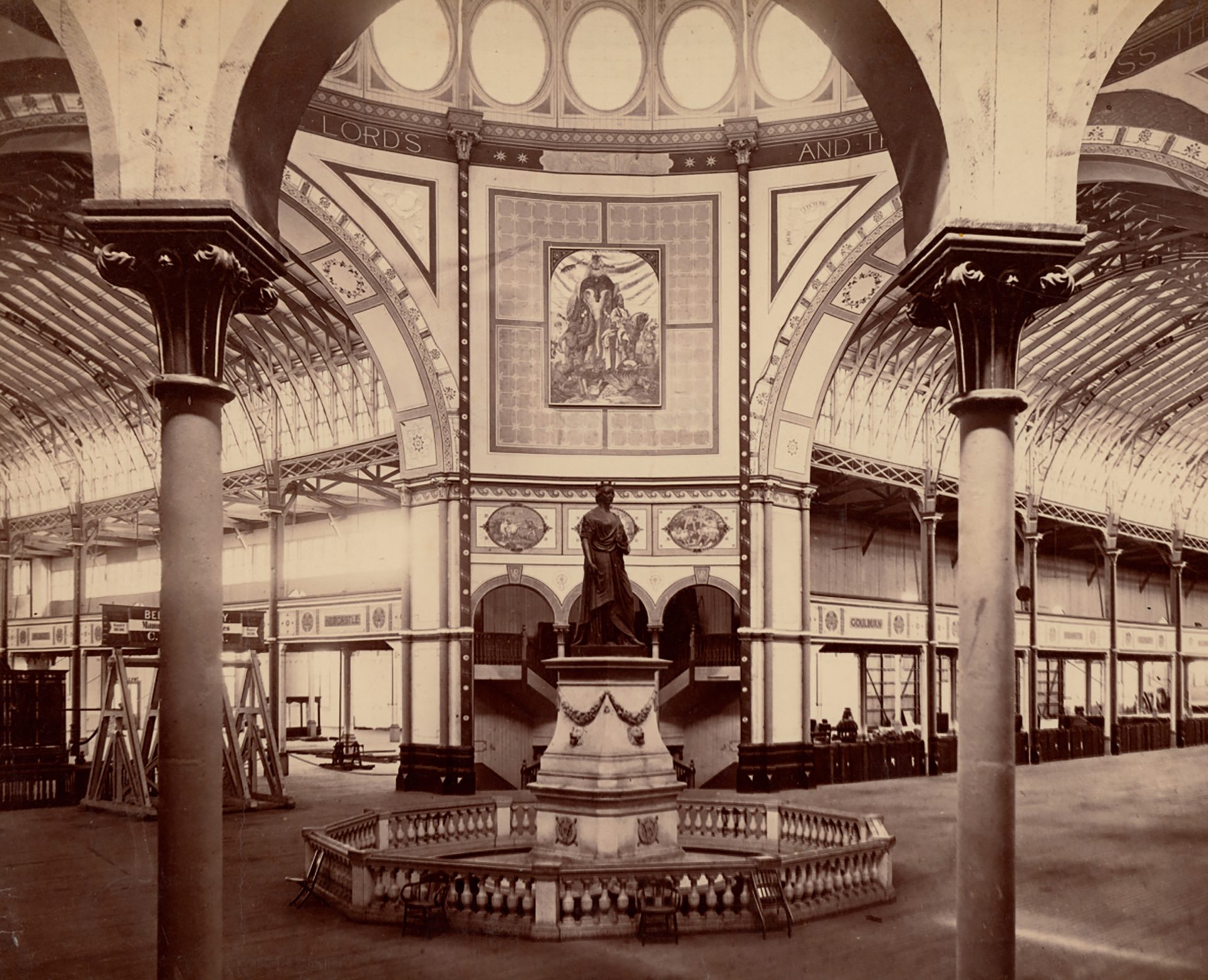
Visitors to the Sydney exhibition totalled 1,117,563 between September 1879 and April 1880, a remarkable achievement in a colony with 650,000 residents.
While an international exhibition is usually a once in a lifetime event, New South Wales – many argue – needs ‘a permanent display of materials, products and processes designed to educate its citizens, young and old, in the skills and techniques of an industrial society.’
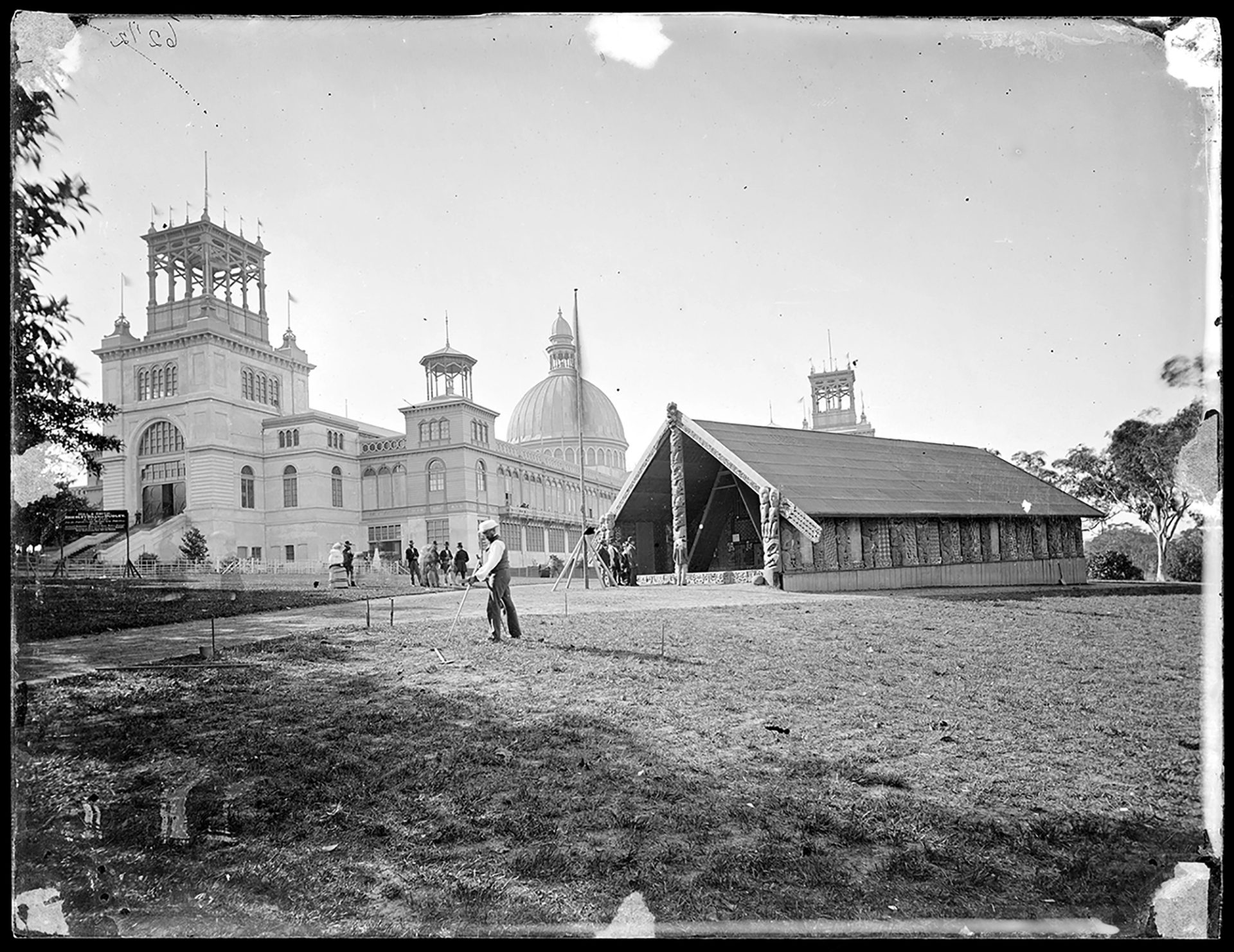
When the Exhibition closes, the Garden Palace is repurposed for ‘the recreation of the people,’ with plans that it will house a range of organisations and institutions including the Technological, Industrial and Sanitary Museum.
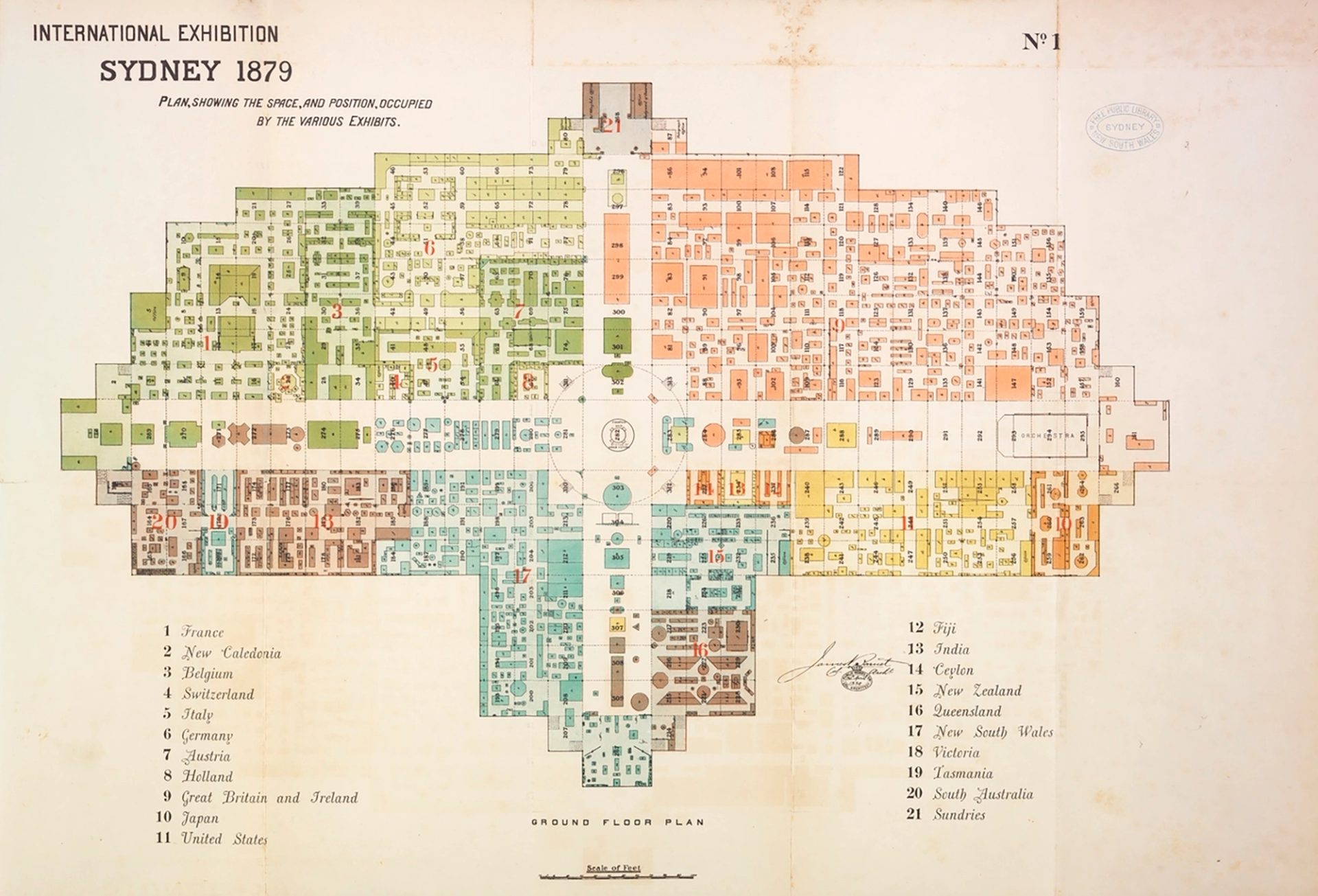
‘The name of New South Wales has resounded throughout the civilized world: and by means of the display of her unparalleled resources in minerals, in manufacturers, machinery, and the arts and sciences ... ample proof is given of the great resources which form so noble a heritage...’
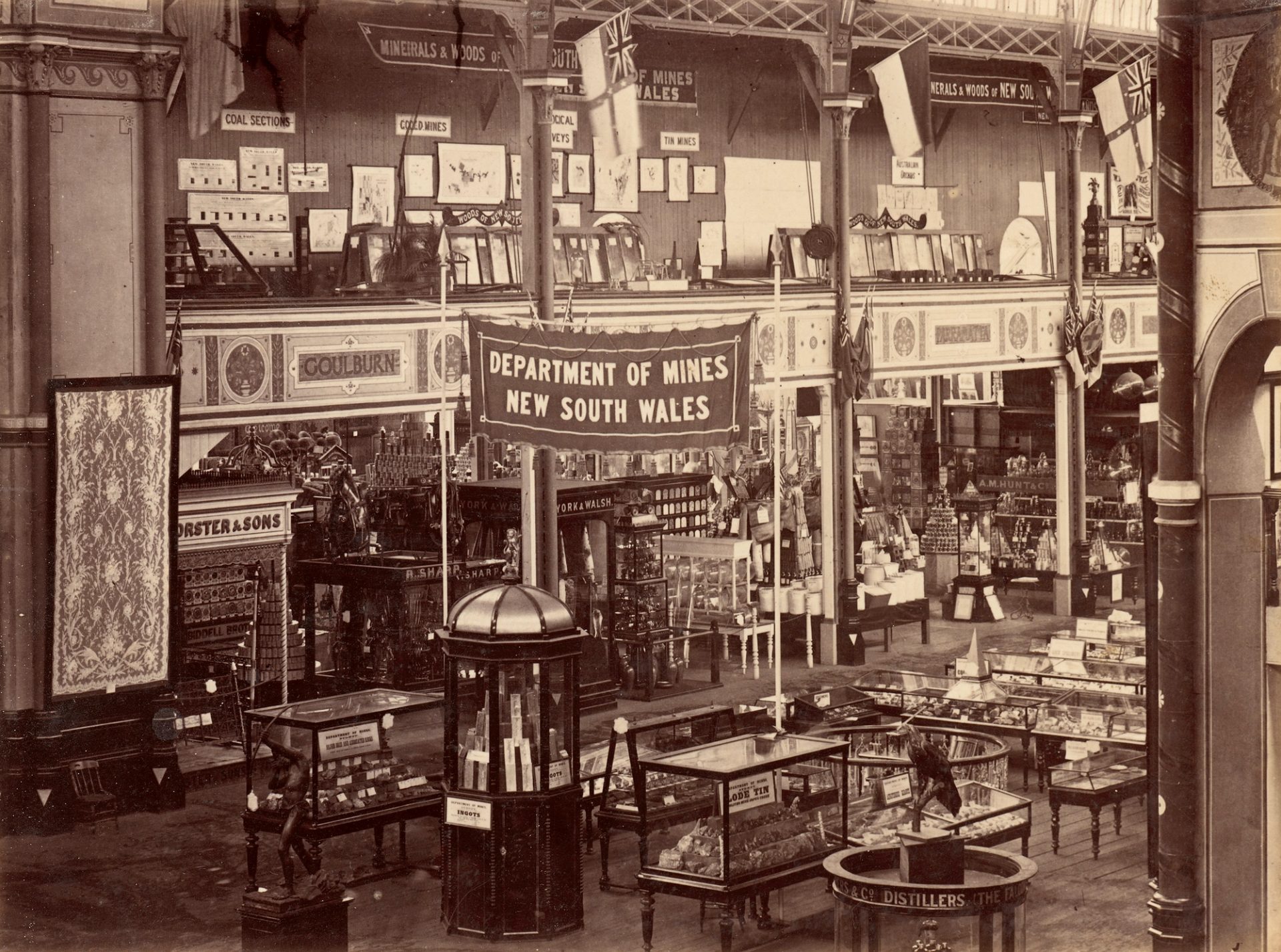
Ready for Use
For Archibald Liversidge, professor of mineralogy at the University of Sydney, member of the new museum’s management committee and a ‘colonial scientist par excellence,’ ‘the aim or the object of the proposed Museum may not in future years be circumscribed by the retention of the title ‘Technological and Industrial Museum’ now provisionally made use of, I would suggest that it should receive some more general and less restrictive name; it might not be inappropriate to let it be known as the Science and Art Museum...’
‘Sufficient concise information will be attached to each exhibit or group to satisfy without wearying the visitor, a full description being given in the catalogues […] The prices paid for specimens and their commercial value will be indicated wherever possible, as it is a matter in which visitors usually take very great interest.’
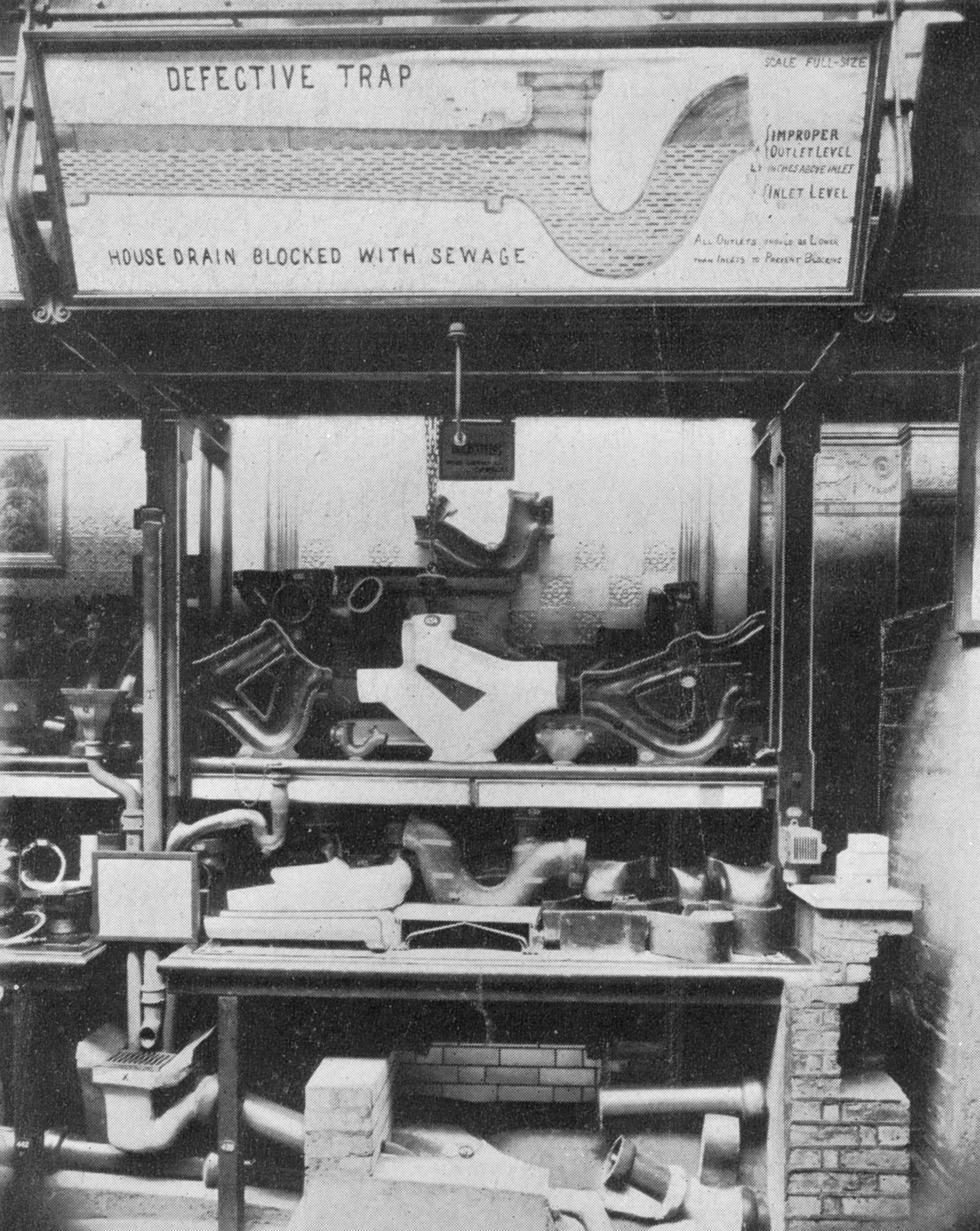
In April 1880, the museum is officially designated ‘The Technological, Industrial and Sanitary Museum of New South Wales.’ The following month, Charles Reibey Buckland is appointed Acting Secretary. ‘It is intended,’ Buckland writes, ‘that the following shall be more or less completely represented’– and his list includes animal and vegetable products, mining engineering and machinery, waste products, specimens relating to economic entomology and economic geology, furniture, models, drawings, educational apparatus, and much more.
Joseph Henry Maiden is appointed Acting Curator in October 1881 – ‘to classify and arrange the collected specimens and generally to perform the duties of a Curator’. A year later – following Buckland’s dismissal for misappropriating £240 – Maiden is appointed Curator.
The museum moves into north-east corner of the Garden Palace in 1881 and is scheduled to open in October 1882.
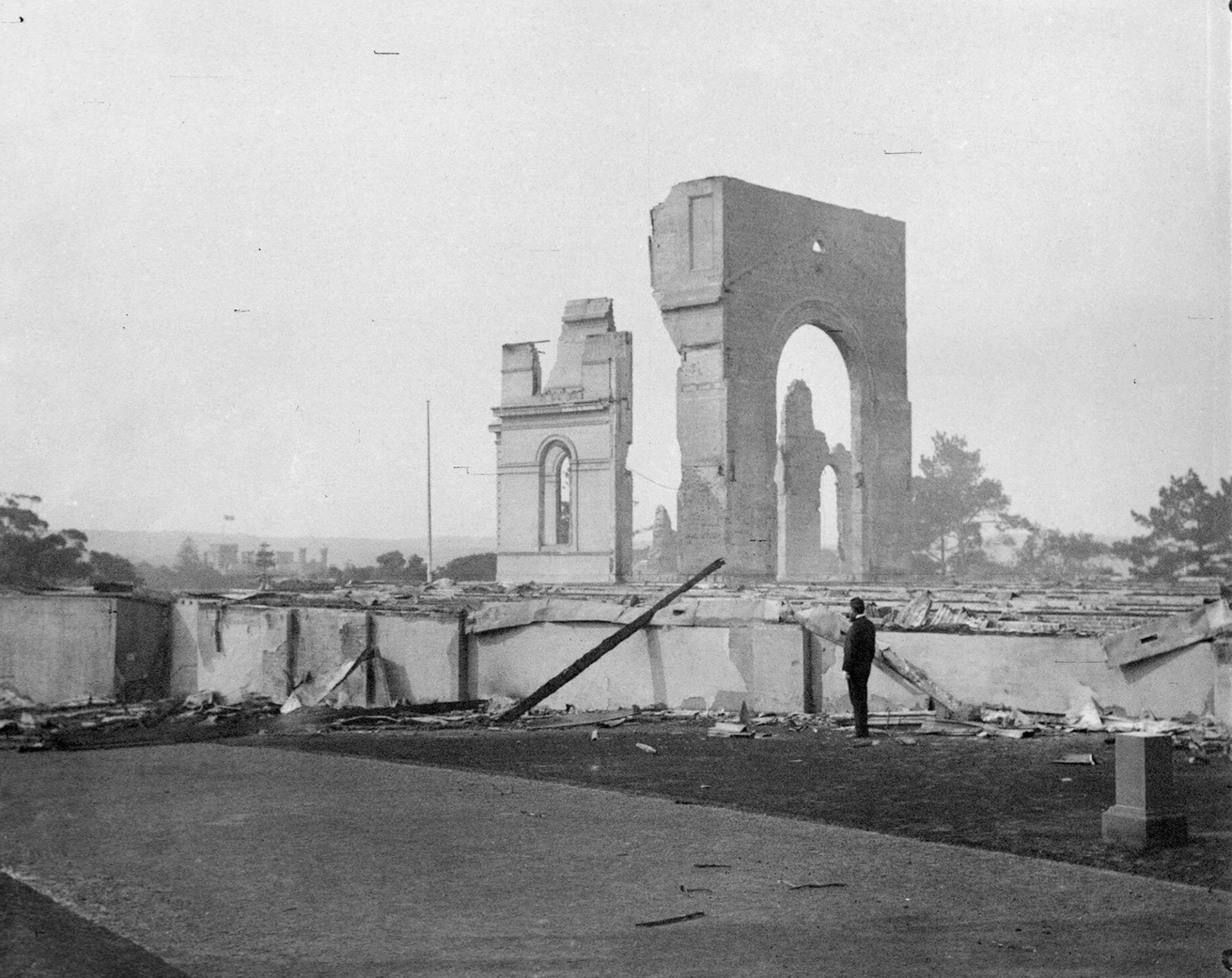
False Starts
In the early hours of 22 September 1882, the Garden Palace building – and its contents – are ‘totally destroyed' by fire. The Australian Museum trustees glumly note that 'the fruits of their labours [are] swept away in the general ruin.
‘In an instant it seemed the whole building was on fire…the lead melted and ran into a stream along the ground…Tower after tower fell and when all the glass was all burnt and broken, we could see the flames inside and the statue of the queen on its fountain stood for such a long time with all the flames all around it and above it’

After the Exhibition, the Garden Palace houses an orchestra and concert hall, government archives, the New South Wales Art Society, the Technological Museum, the Mineral Museum and collections from the Australian Museum. All are lost to the fire of 22 September 1882.
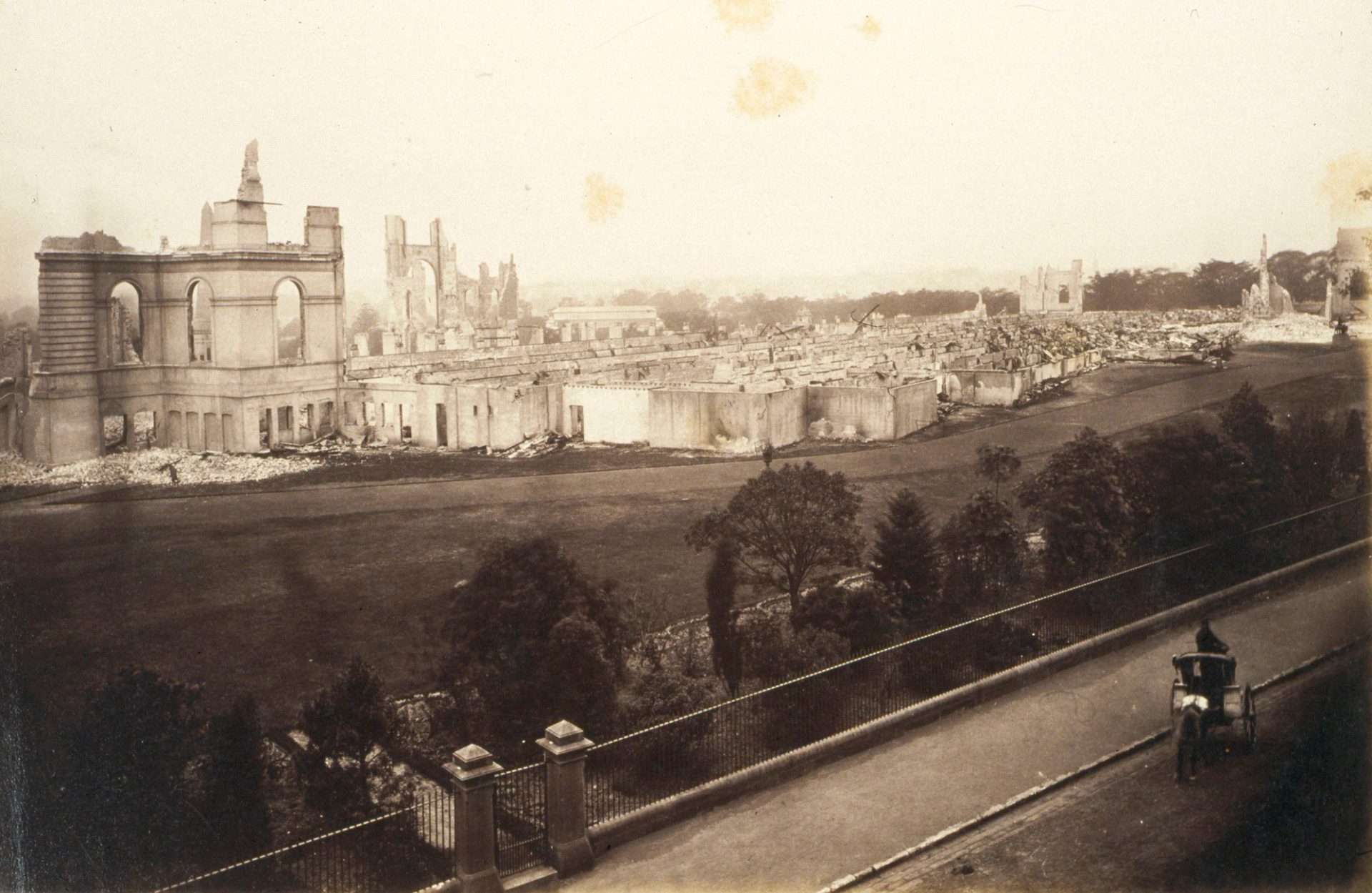
A glass time capsule – filled with newspapers, documents about Exhibition attendees and its official program – is embedded in the cavity of the building’s foundation stone.
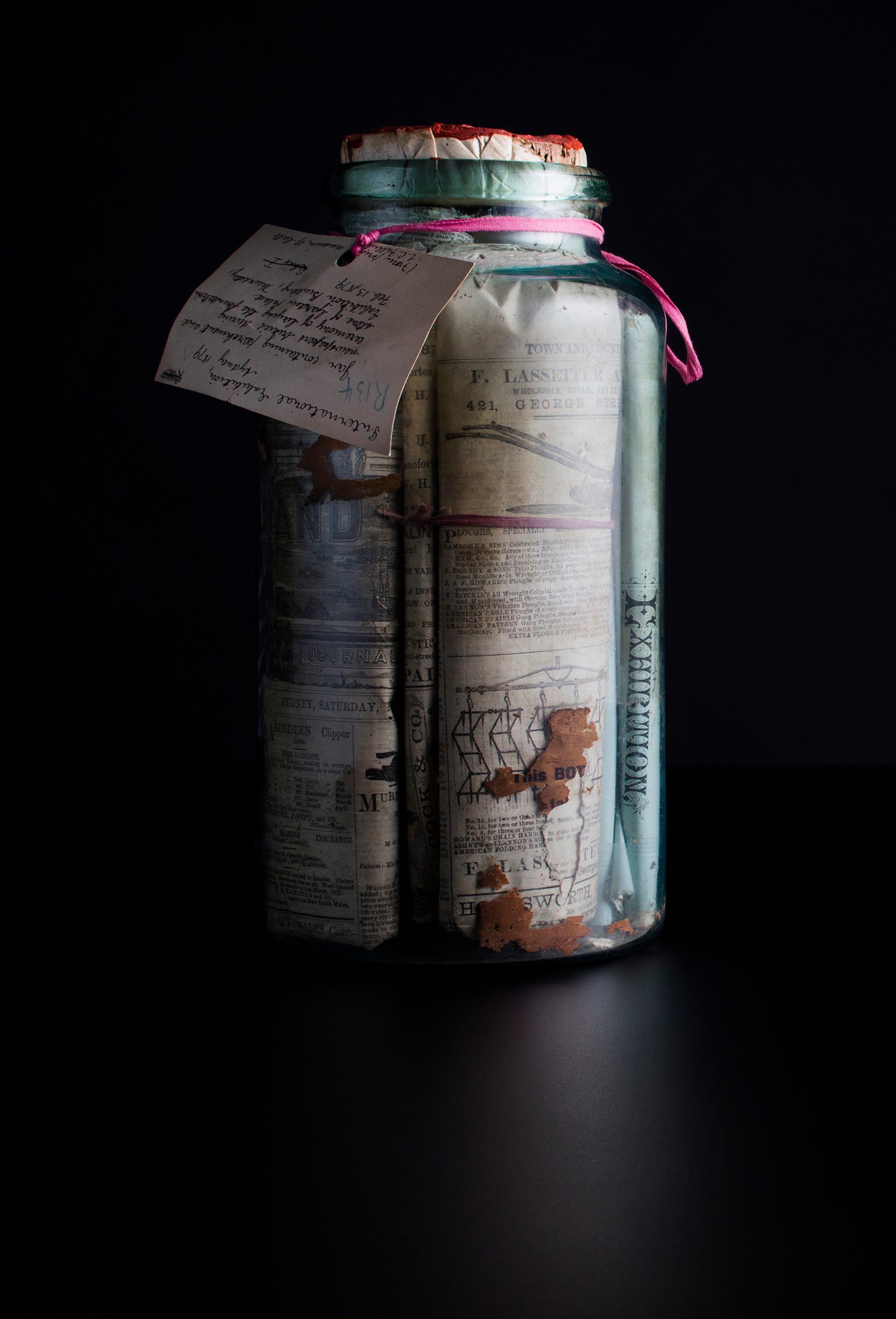
Fire and Forgetting
‘The Garden Palace has become a symbol for the repercussions of forgetting. So many people hadn’t known the history of this enormous building that once dominated Sydney’s skyline both physically and conceptually. I’ve begun to question what else we can forget as a community, if something so grand and visible and spoken about has disappeared from our vision. Aboriginal communities have often been the victims of Australia’s ability to forget. In this way the Garden Palace becomes a fault line in the nation’s memory…’
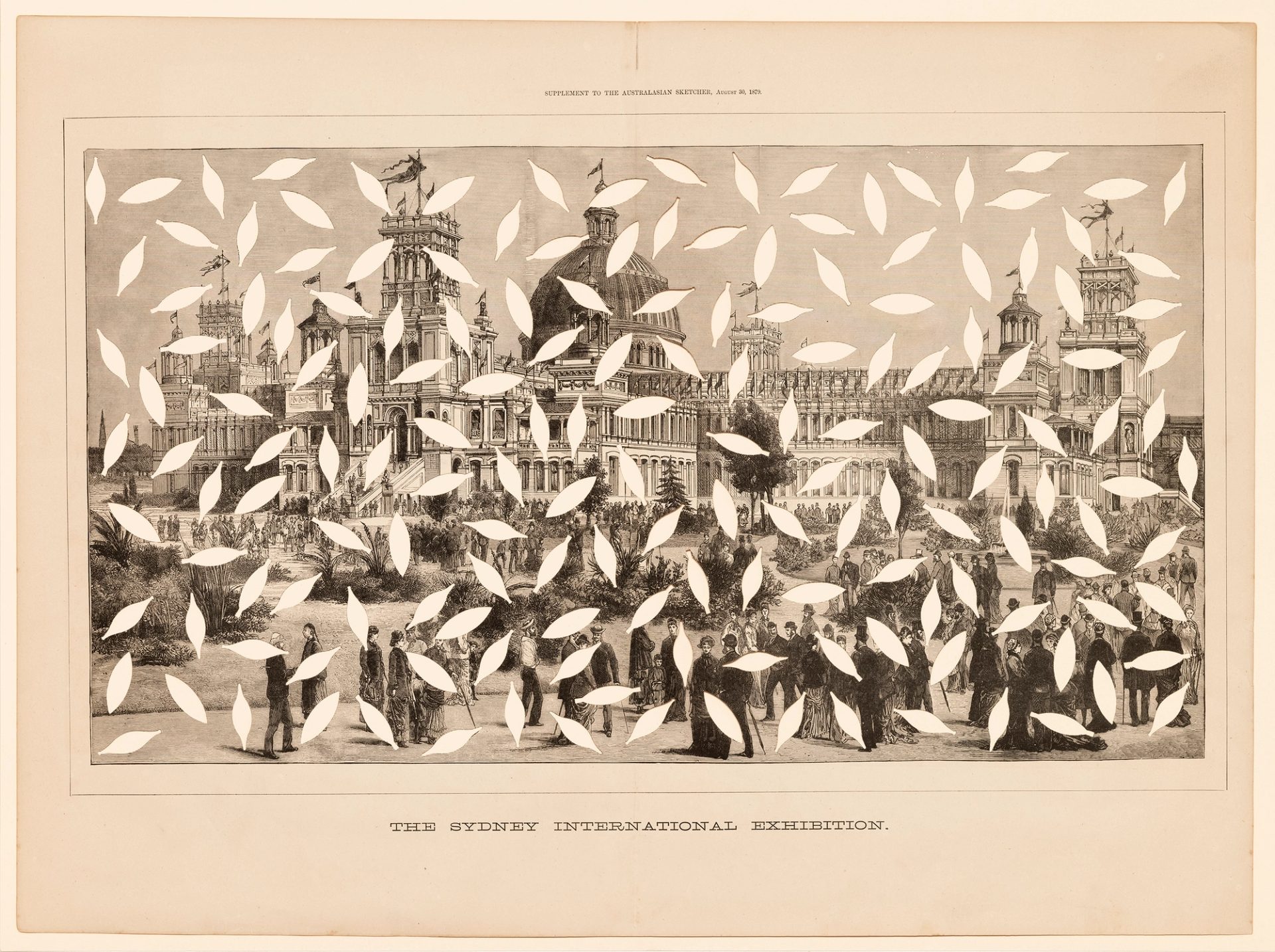
Jonathan Jones, a prominent visual artist from the Wiradjuri and Kamilaroi nations of south-east Australia, looks back on the site of the Garden Palace, the destruction of it as a building, and the destruction of all it contained.
This site, he reflects, was a known ceremonial ground – ‘the site where the only ceremony in Sydney was ever documented’. In this way, the site ‘continued to be a site of performance, of display and spectacle … the Garden Palace was repeating the ceremony'.
















